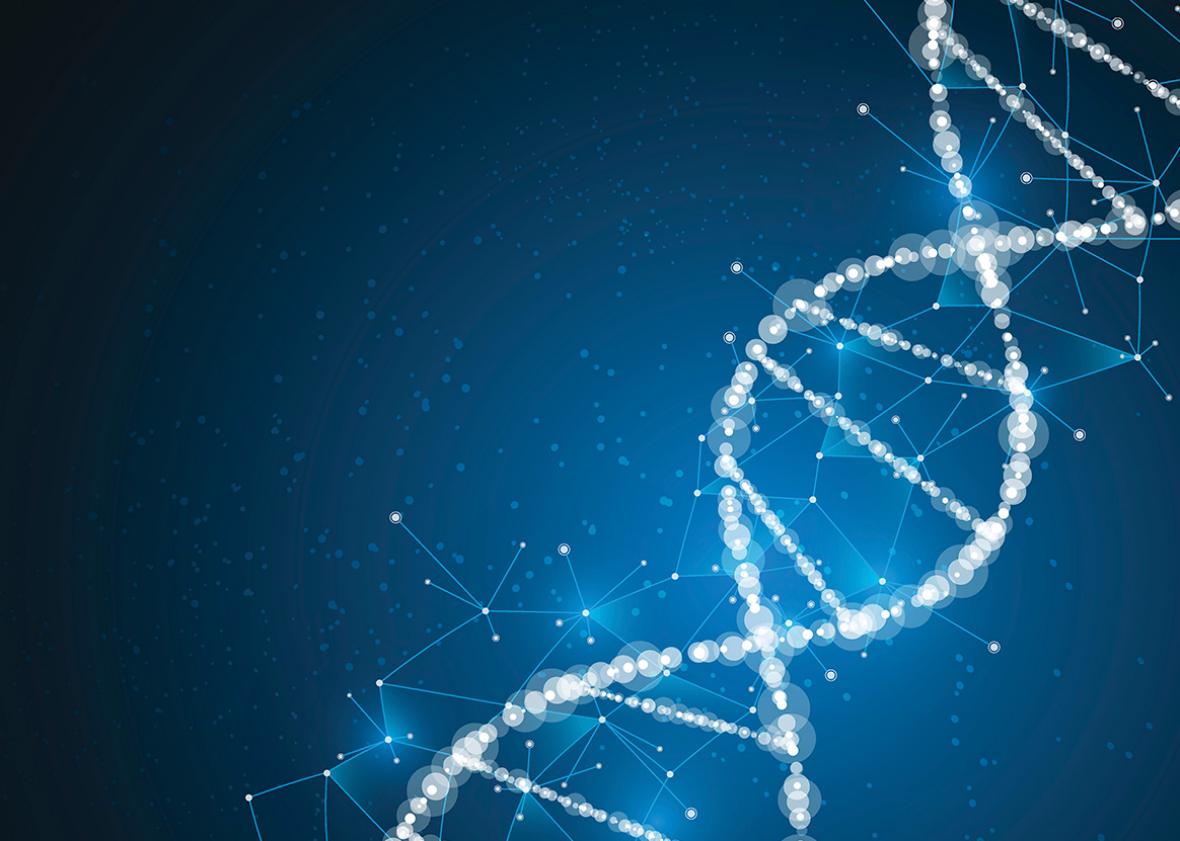Key Players
Drew Endy: Endy, a Stanford biotechnologist who focuses on genetic computing, has helped drive efforts to keep synthetic biology open source.
Jay Keasling: A chemical- and bioengineer based at University of California–Berkeley, Keasling led an effort to synthetically produce artemisinin, a powerful anti-malarial drug.
Kristala Prather: Prather, an MIT professor, runs a lab working to turn microbes into chemical factories.
J. Craig Venter: After playing an important role in early efforts to sequence the human genome, Venter now heads the J. Craig Venter Institute, whose work involves, among other things, research on synthetic life forms.
Christopher Voigt: Voigt is an MIT biological engineer who has worked at the intersection of synthetic biology and CRSIPR gene editing technology.
Debates
Boundaries of species: Synthetic biologists sometimes take genetic material from one species and implant it in another. Will such transplantations challenge our ability to make sense of the unnatural world? Is it ethical to fuse organisms that would otherwise remain distinct?
Computational comparisons: Proponents of synthetic biology often suggest that we should be able to encode genetic material in much the same way that we program computers, but real lab work doesn’t always bear that metaphor out. Will synthetic biology advance to the point where this comparison works in practice?
Ecological implications: Some critics of synthetic biology worry about what will happen when lab-made organisms start finding their way into the wild. Will these synthetic creations destroy already fragile ecosystems? Or will this simply be the next step in our species’ long-running agricultural transformation of the world?
Eugenics: As synthetic biology advances, we may gain the ability to introduce novel sequences into the human genome, allowing us to reconfigure our own offspring. What are the ethical implications of taking evolution into our own hands?
Regulatory uncertainty: At present, there are few to no legal standards specific to the practice of synthetic biology. Are we courting environmental or medical disaster in the absence of such norms? If we did impose laws, would we risk dramatically impeding the pace of progress?
Lingo
BioBricks: DNA strings designed to be pieced together in synthetic biology applications.
Biofuel: A fuel generated from a living organism—a primary goal for many synthetic biologists.
Carson curve: An analogue to Moore’s law, the Carlson curve describes the rate at which our ability to synthesize DNA is accelerating.
CRISPR: A genetic editing technique that involves copying and pasting strings of DNA.
Metabolic pathway: A sequence of chemical reactions that occur within a cell. Some synthetic biologists seek to manipulate these pathways in laboratory organisms to produce novel outputs.
Synthetic biology: An interdisciplinary research field that combines the insights of computer science, engineering, genetics, and cellular biology in an effort to reshape the building blocks of life.
Further Reading
“A Life of Its Own” by Michael Specter: In this long New Yorker article, Specter discusses some of synthetic biology’s most prominent achievements.
“Our Biotech Future” by Freeman Dyson: In this seminal 2007 New York Review of Books essay, physicist Dyson argued that “green technology” could radically upset the balance of power in the world.
“The Principles for the Oversight of Synthetic Biology”: This collaboratively drafted document suggests a set of industrial and experimental oversight mechanisms that would be specific to the challenges of synthetic biology.
Regenesis: How Synthetic Biology Will Reinvent Nature and Ourselves by George M. Church and Ed Regis: This recent book looks at the practical promise of biotechnology as we continue to transform the microbial world.
Synthetic: How Life Got Made by Sophia Roosth: In this book, Roosth, a cultural anthropologist, discusses her study of synthetic biologists, revealing how they understand the world that they are shaping.
“Why Kickstarter’s Glowing Plant Left Backers in the Dark” by Antonio Regaldo: Revisiting the largely failed Glowing Plants project, Regaldo looks into the practical limitations of synthetic biology.
Pop Culture
BioShock, directed by Ken Levine: This video game takes place in an underwater city whose residents modify their DNA to provide themselves with superhuman abilities.
Blood Music by Greg Bear: In this novel, biological computers infect humans, reshaping their lives and their world in the process.
Change Agent by Daniel Suarez: In the near-future world of this novel, an Interpol agent tries to fight back against a powerful biocrime syndicate after it rewrites his own genome.
Gattaca, directed by Andrew Niccol: This film plays out in a world shaped by genetic analysis and eugenics.
Orphan Black, created by Graeme Manson and John Fawcett: A powerful biotech company manipulates the lives of a group of clones in this British television series.
This article is part of the synthetic biology installment of Futurography, a series in which Future Tense introduces readers to the technologies that will define tomorrow. Each month, we’ll choose a new technology and break it down. Future Tense is a collaboration among Arizona State University, New America, and Slate.
Photo of Drew Endy, Jay Keasling, J. Craig Venter, and Christopher Voigt by Creative Commons. Photo of Kristala Prather by MIT.
